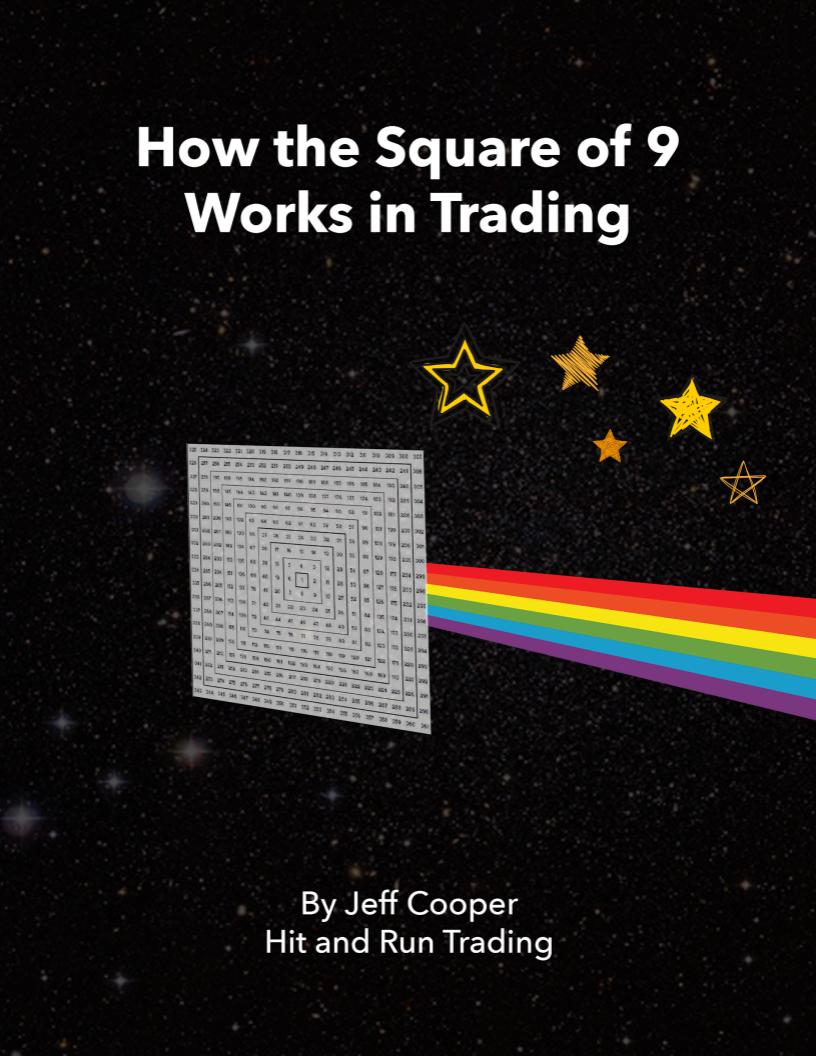The Fed’s Grand Experiment Is Ending. What Does That Mean for Stocks?
“Steps taken forwards but sleepwalking back again…”
-High Hopes, The Division Bell, Pink Floyd
“Timing the sale is more difficult than timing the purchase because stocks reach their bear market lows simultaneously, but their bull market highs are attained independently. Following the stock averages and selling when the primary trend turns down is often unsatisfactory since numerous stocks reach their peaks prior to the peaks in the averages. The price and volume trend for each stock must be studied independently and action taken accordingly.”
-Richard Love
“There's no one thing that's true. It's all true.”
-Ernest Hemingway, For Whom the Bell Tolls
They say it's a market of stocks and not a stock market, but the popularity of passive investing in ETF's has clouded the concept… to say the least.
The ETF's and the algomatics are the Siamese Twins of this bull market.
Joined at the hip, the ETF's and the robotic algo's and their buy programs are/were the enablers of QE.
The Fed is the matador with the algo as its cape. It flourishes the cape and the bull charges, which is exactly what the matador wants.
The only problem is the matador is blinded by the glare off his costume and apparently can't tell sparkles from real inflation.
The matador would like to reign the balance sheet bull in but can't find the inflation peccadillos to cover its derriere.
Be that as it may, as matadors are wont to do for the finale, the Fed is about to turn his back on the bull with an air of bravado.
Will the academics be blindsided? Will their thesis be gored as Quantitative Tightening begins?
The point of the sword is: no QE, no programs
And, remarkably as if to test the waters, program trading has all but vanished in September.
Take out the one day Hurricane Maria 27 SPX point ‘relief rally' and the month of September has been up 12 points.
What happens to a market that is embalmed with the artificiality of low rates and the ephemeral liquidity of program trading when the cape comes down on the Grand Experiment in October?
Why would anyone possibly think anything could go wrong when nothing like this has ever been tried and hence the exit from the bull ring is an unknown.
Hasn't the Fed always done a good job of avoiding panics?
U.S. debt has doubled to $20 trillion since the crisis.
Global debt has grown by $57 trillion to $199 trillion in the seven years following the financial crisis.
Yet the arguing over the tax plan has begun. It's like arguing over the music on the Titanic.
There are a couple of charts making the rounds that reflect just how complacent the effect the calming waters of liquidity/programs have become.
For the first time since 2005, there hasn't been a 2% daily move in the SPX:
Of course, the year isn't over yet.
October is infamous for reversions to the mean.
I hear some money managers on TV talking their book, suggesting that reversion to the mean is not a conceptually correct concept.
Just because the market is hard to time does not mean one should not have a buy, hold, AND sell strategy.
The argument goes that there have been other years where volatility was low followed by a few more years of gains before trouble hit.
However, thus far, the SPX has also seen the lowest maximum drawdown on record this year.
Of course, again, the year isn't over.
Why would anyone think the market might play catchup in October in a year ending in 7?
Earlier this week we mentioned the 180 month (15 year cycle) which saw a bear market low 15 years ago in October and a major crash low.
15 years before that was 1987 when the market played catchup in October.
15 years before 1987 ties to a top in late 1972.
15 years before was 1957 when a sharp sell-off hit.
15 years before was the secular bear market low in 1942.
Will October ring the division bell again?
Conclusion. Once again, they managed to keep the SPX at the potential breakout level, but since the SPX hasn't gone very far from 2500, it likely means institutions want to liquidate some stock but can't legally do so until October 1.
I don't think the market will stray far from the apple of its eye.
Last week we flagged an AAPL time/price square-out with 165 being 90 degrees square September 1st. Since then, AAPL has sold off to fill a gap near 150 from August 2.
So we had a spike into August 2 and a top on September 1. The beginning of October should see another pivot — either a low or downside acceleration.
A daily AAPL below suggests a fall to its 200 day and 145.
Some players will say the market can advance without AAPL or the FANG's and point to rotation and the recent rip in the RUT.
However, as the Richard Love quote at the top indicates, it is just as likely that different stocks and sectors are tracing out highs independently.
As shown in this space yesterday, a turning point sets up in IWM for today (+ or -) and it looks like a Buying Climax is on the table. It remains to be seen whether a picture perfect square-out at 1500 RUT is satisfied — 1500 is square today on the Square of 9 Wheel.




.png)
.png)
